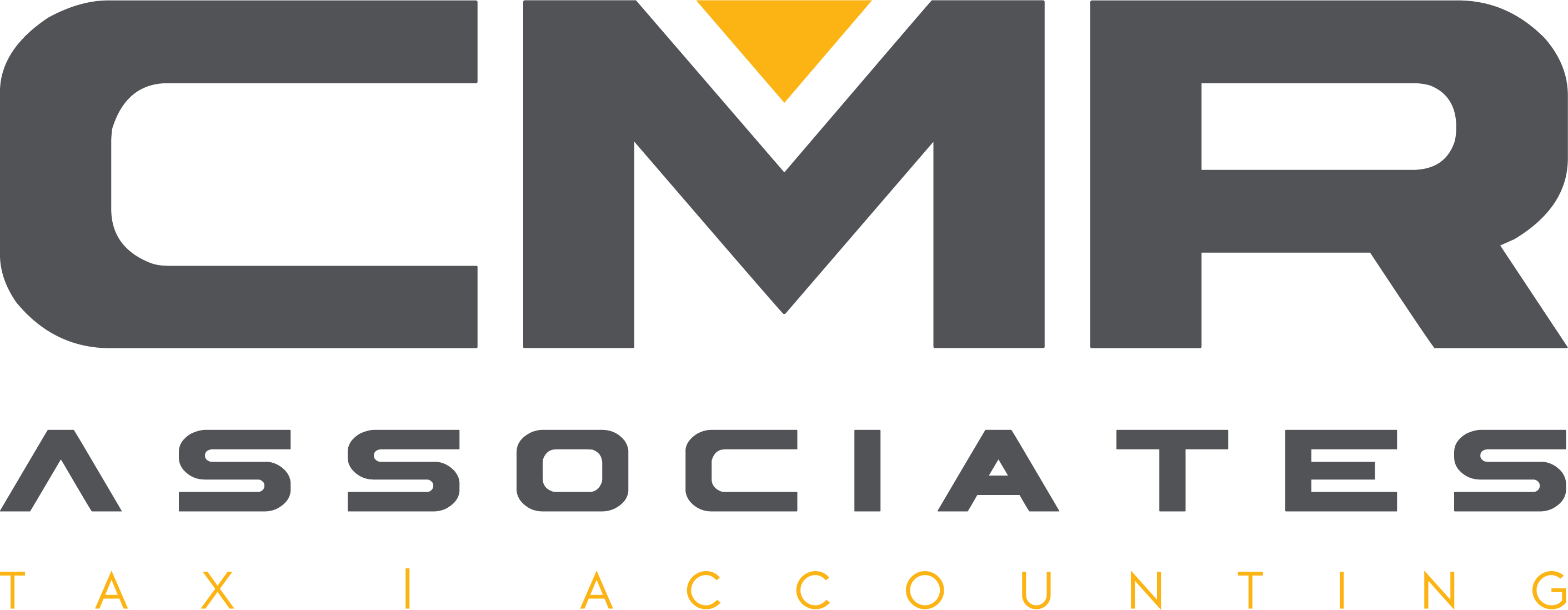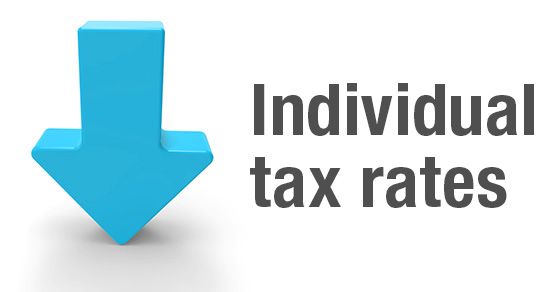
Don’t be a victim of tax identity theft: File your 2017 return early
The IRS has just announced that it will begin accepting 2017 income tax returns on January 29. You may be more concerned about the April 17 filing deadline, or even the extended deadline of October 15(if you file for an extension by April 17). After all, why go through the hassle of filing your return earlier than you have to?
But it can be a good idea to file as close to January 29 as possible: Doing so helps protect you from tax identity theft.
All-too-common scam
Here’s why early filing helps: In an all-too-common scam, thieves use victims’ personal information to file fraudulent tax returns electronically and claim bogus refunds. This is usually done early in the tax filing season. When the real taxpayers file, they’re notified that they’re attempting to file duplicate returns.
A victim typically discovers the fraud after he or she files a tax return and is informed by the IRS that the return has been rejected because one with the same Social Security number has already been filed for the same tax year. The IRS then must determine who the legitimate taxpayer is.
Tax identity theft can cause major headaches to straighten out and significantly delay legitimate refunds. But if you file first, it will be the tax return filed by a potential thief that will be rejected — not yours.
The IRS is working with the tax industry and states to improve safeguards to protect taxpayers from tax identity theft. But filing early may be your best defense.
W-2s and 1099s
Of course, in order to file your tax return, you’ll need to have your W-2s and 1099s. So another key date to be aware of is January 31 — the deadline for employers to issue 2017 Form W-2 to employees and, generally, for businesses to issue Form 1099 to recipients of any 2017 interest, dividend or reportable miscellaneous income payments.
If you don’t receive a W-2 or 1099, first contact the entity that should have issued it. If by mid-February you still haven’t received it, you can contact the IRS for help.
Earlier refunds
Of course, if you’ll be getting a refund, another good thing about filing early is that you’ll get your refund sooner. The IRS expects over 90% of refunds to be issued within 21 days.
E-filing and requesting a direct deposit refund generally will result in a quicker refund and also can be more secure. If you have questions about tax identity theft or would like help filing your 2017 return early, please contact us.

 New tax law gives pass-through businesses a valuable deduction
New tax law gives pass-through businesses a valuable deduction Most individual tax rates go down under the TCJA
Most individual tax rates go down under the TCJA The TCJA temporarily expands bonus depreciation
The TCJA temporarily expands bonus depreciation Tax Cuts and Jobs Act: Key provisions affecting individuals
Tax Cuts and Jobs Act: Key provisions affecting individuals